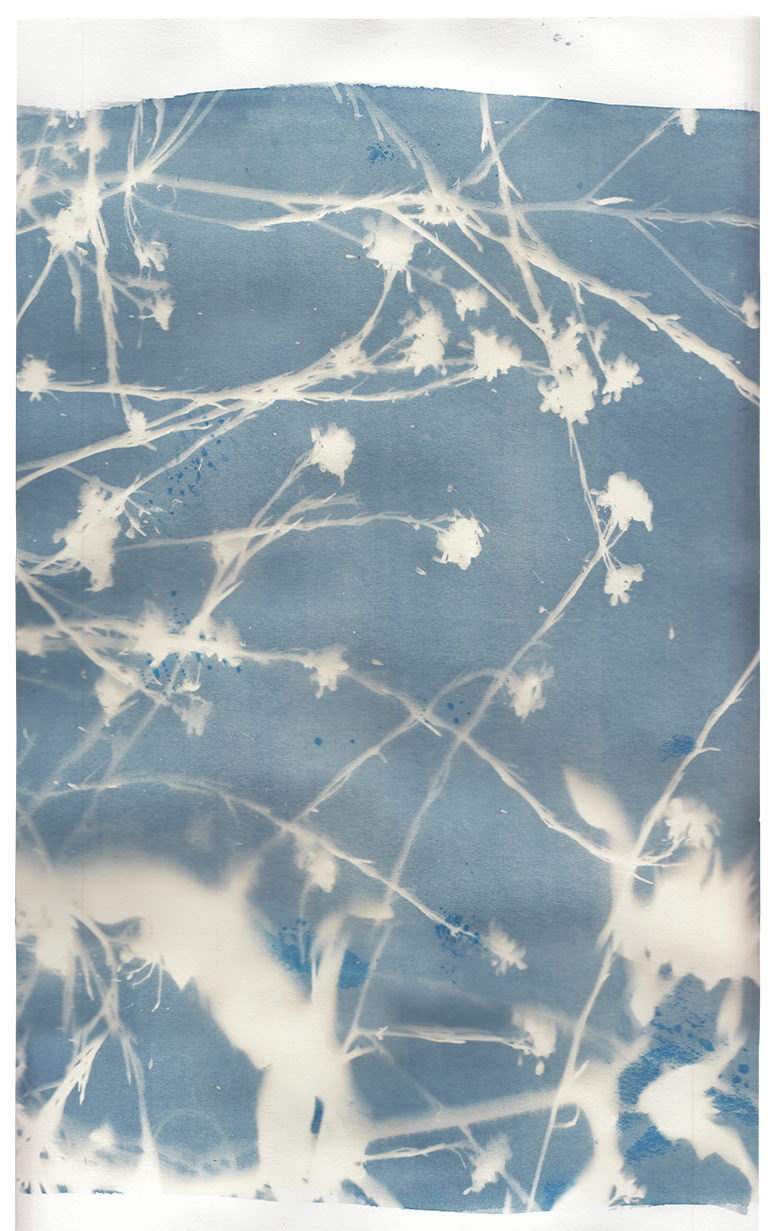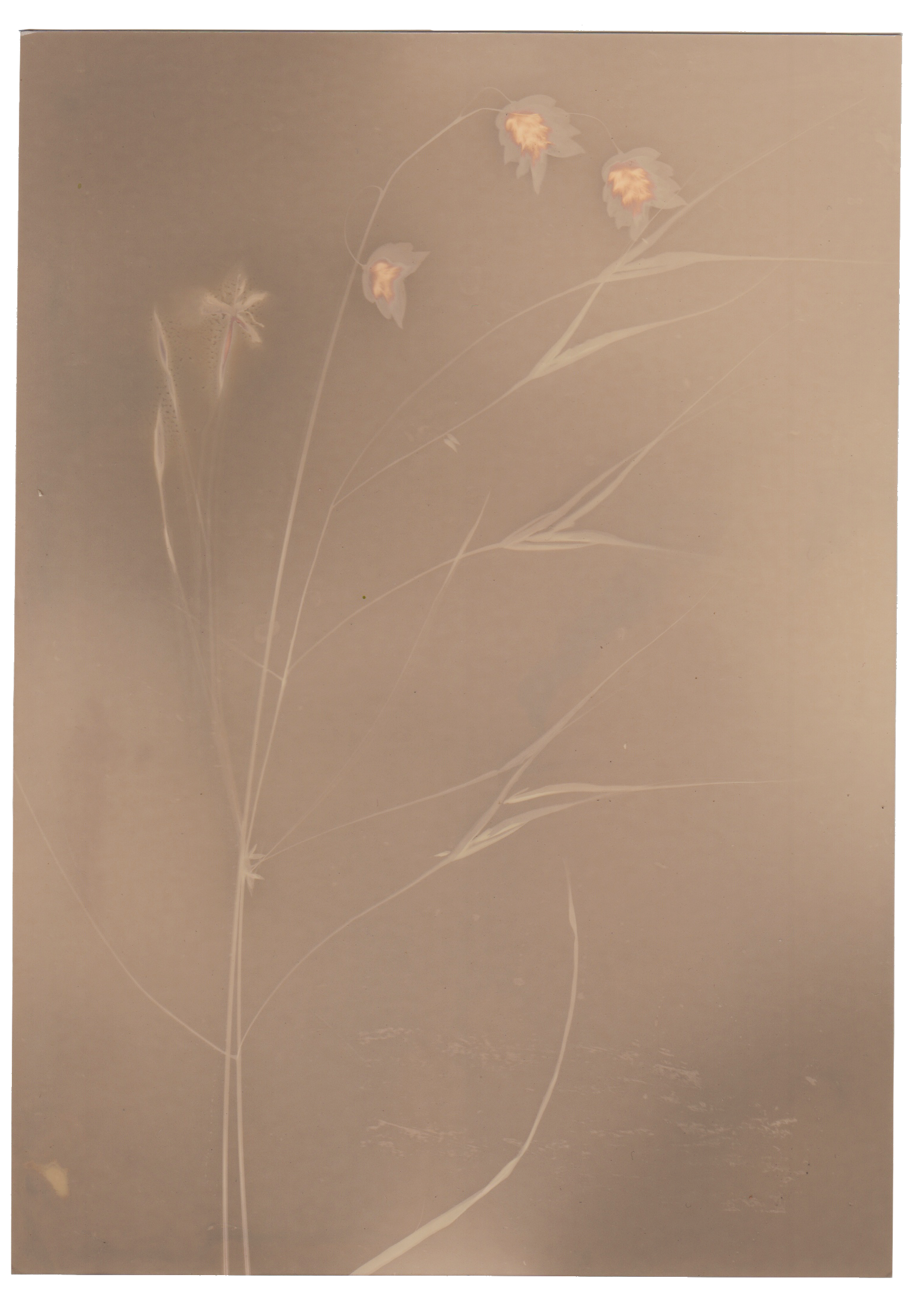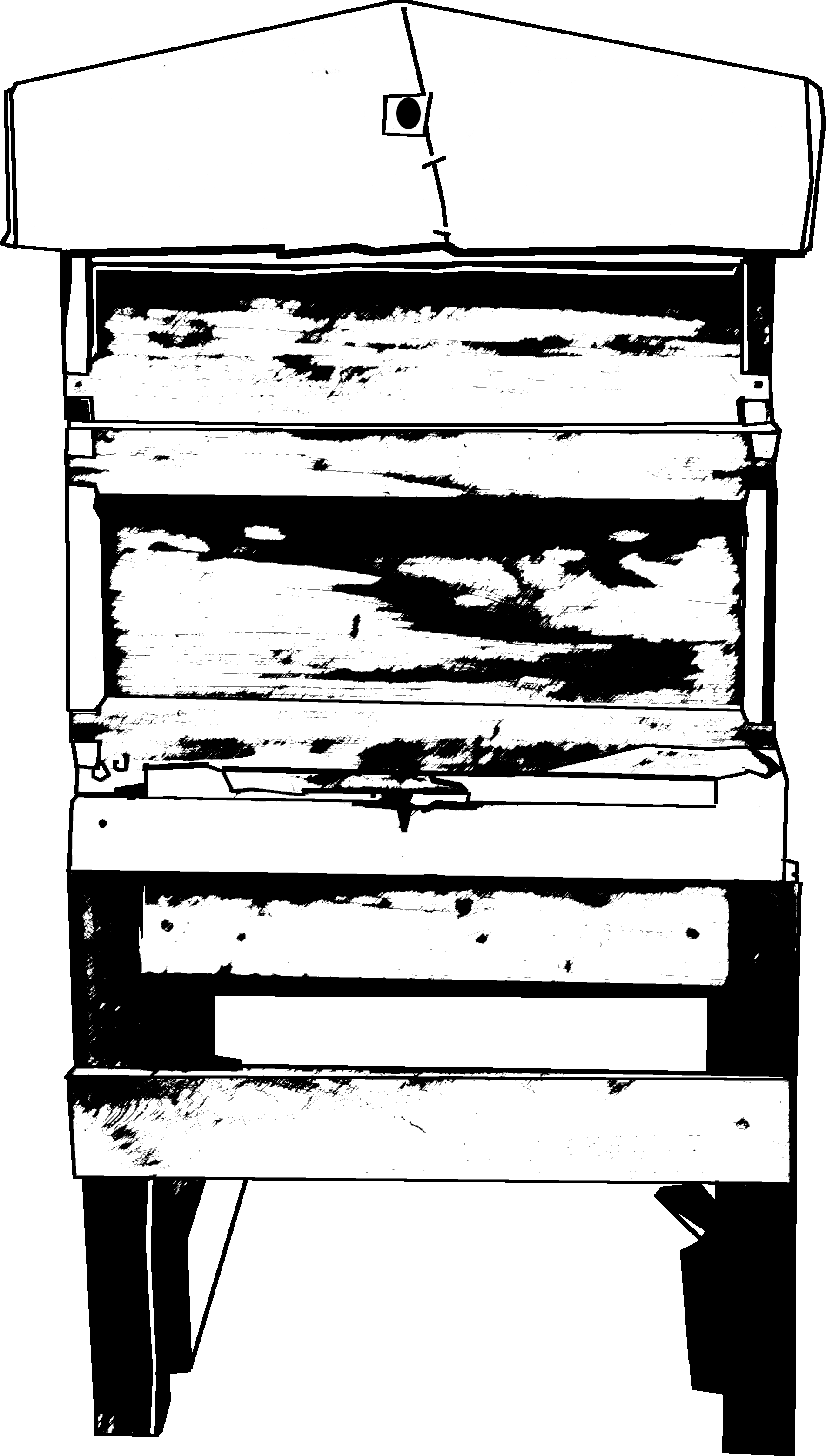 Planters directly in front of the shed exhibit a chalk meadow in microcosm. Plants here include Pinks and Greater Quaking Grass Briza maxima, with its edible seeds like small rattles.
Planters directly in front of the shed exhibit a chalk meadow in microcosm. Plants here include Pinks and Greater Quaking Grass Briza maxima, with its edible seeds like small rattles.
 Lavender in pots by the doors attracts bumble bees, especially the Common carder bee, with its distinctive light brown body and pointed, almost straight-sided tail. You may also see honey bees Apis mellifera here - smaller and much less hairy than the bumble bees, with colours from golden to dark brown. Listen for the drones, with their large eyes, rectangular bodies and striking sound in flight.
Lavender in pots by the doors attracts bumble bees, especially the Common carder bee, with its distinctive light brown body and pointed, almost straight-sided tail. You may also see honey bees Apis mellifera here - smaller and much less hairy than the bumble bees, with colours from golden to dark brown. Listen for the drones, with their large eyes, rectangular bodies and striking sound in flight.
7 Species of Bumblebee
Black with a red tail - Red Tailed Bumblebee Bombus lapidarius
Black and yellow with an orange tail - Early Bumblebee Bombus pratorum
Black and yellow with a small buff tail - Buff-tailed Bumblebee Bombus terrestris
Black and yellow with a small white tail - White-tailed Bumblebee Bombus leucorum
Black and yellow with a lot of white on the tail - Garden Bumblebee Bombus hortorum
Brown body and brown pointed tail - Common Carder Bee Bombus pascuorum
Orange body with black abdomen and white tail - Tree Bumblebee Bombus hypnorum
(first London record: 2004) >> Leave the compound.
<) Immediately on your right, notice vertical logs: nest sites for solitary bees.
>> Leave the compound.
>> Go around the corner to your right and turn immediately left up a small hill.
Hedge Mustard and Bristly Oxtongue, August 2016.
Cyanotype in situ: Ky Lewis and workshop participants
Greater Quaking Grass Briza maxima, August 2016.
Lumen print: Ky Lewis and workshop participants
Beehive, 2014.
Drawing: Sam Baraitser Smith